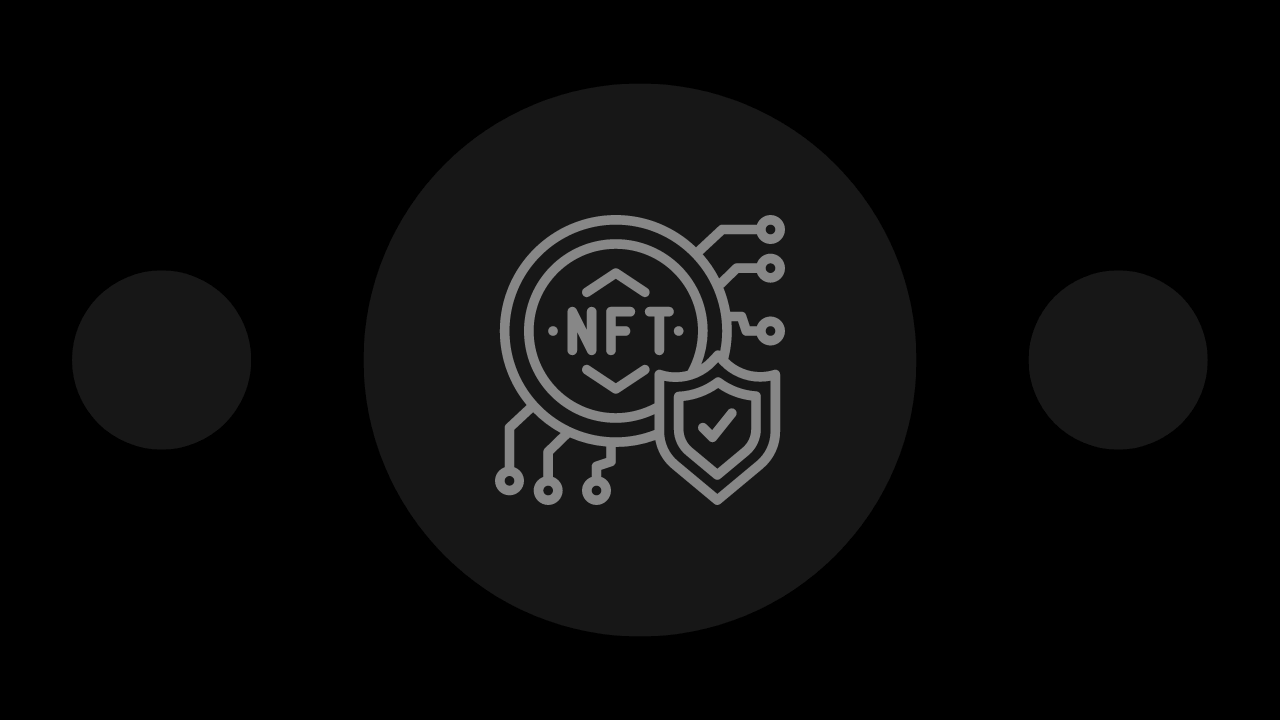Non-fungible Token (NFT) Use Cases: The Definitive Guide
An in-depth guide to existing and potential NFT use cases across various industries, complete with explanations and useful pointers.
Custodial vs Non-Custodial NFTs: Learn the key differences, complete with explanations and useful pointers.
Written by Dapperito Team

Non-fungible tokens (NFTs) have taken the digital world by storm, revolutionizing how we perceive ownership of digital assets. As the NFT market continues to grow, it’s crucial to understand the different ways these tokens can be stored and managed.
One of the most important distinctions in the NFT space is between custodial and non-custodial NFTs. This article will explore the key differences between these two types of NFT custody, helping you make informed decisions in the evolving world of digital collectibles.
Custodial NFTs are digital assets where a third party, typically the platform or marketplace where you purchased the NFT, holds and manages the private keys associated with your tokens. In essence, you’re trusting the platform to safeguard your NFTs on your behalf.
When you buy a custodial NFT, the platform creates an account for you and stores your NFTs in their system. You can view and manage your NFTs through the platform’s interface, but you don’t have direct control over the blockchain transactions.
Why choose:
Why avoid:
Non-custodial NFTs, on the other hand, are digital assets where you, the owner, have full control over the private keys associated with your tokens. This means you’re responsible for storing and managing your own NFTs, typically using a personal wallet.
When you purchase a non-custodial NFT, the token is transferred directly to your personal wallet address on the blockchain. You have complete control over your assets and can transfer them at will without relying on a third-party platform.
Why choose:
Why avoid:
Custodial NFTs offer convenience at the cost of true ownership, as the platform retains control of your assets. Non-custodial NFTs provide full ownership and control to the user.
Custodial platforms may offer robust security measures, but they’re also centralized points of failure. Non-custodial solutions put security in the user’s hands, which can be both empowering and risky, depending on the user’s knowledge and practices.
Custodial NFTs are often more user-friendly and accessible to newcomers. Non-custodial NFTs require more technical knowledge but offer greater flexibility.
Custodial platforms can often process transactions more quickly and at lower costs since they can batch operations. Non-custodial transactions occur directly on the blockchain, which can be slower and more expensive, especially on networks like Ethereum.
Custodial platforms must adhere to regulations, which can provide some level of protection for users. Non-custodial solutions operate in a more decentralized manner, which can mean less regulatory oversight but also more freedom.
Custodial NFTs may be preferred for casual collectors or those new to the space, while non-custodial NFTs are often favored by experienced crypto users, serious collectors, and those who prioritize control and interoperability.
Factors to consider:
We may see the emergence of platforms that offer both custodial and non-custodial options, allowing users to choose their preferred level of control.
As the NFT space matures, we can expect more regulatory clarity, which may impact both custodial and non-custodial solutions.
Improvements in blockchain technology, such as layer-2 solutions and more efficient consensus mechanisms, may reduce the current drawbacks of non-custodial NFTs, like high transaction costs.
The choice between custodial and non-custodial NFTs ultimately comes down to your individual needs, expertise, and priorities. Custodial solutions offer convenience and ease of use, making them attractive for newcomers and casual enthusiasts. Non-custodial options provide true ownership and control, appealing to those who value decentralization and independence.
As the NFT ecosystem continues to evolve, it’s crucial to stay informed about these different approaches to NFT custody. By understanding the key differences between custodial and non-custodial NFTs, you can make more informed decisions about how to participate in this exciting new digital frontier. Whether you choose the simplicity of a custodial platform or the control of a non-custodial solution, the world of NFTs offers unprecedented opportunities for digital ownership and creativity.
Other articles from our collection that you might want to read next.
An in-depth guide to existing and potential NFT use cases across various industries, complete with explanations and useful pointers.
An in-depth guide to various NFT categories that you should be aware of, complete with explanations and useful pointers.
Find here a list of the 20 most expensive NFTs of all time, along with explanations and useful pointers.
Get curated weekly analysis of major developments, disruptive innovations, and interesting projects in blockchain, crypto, and the metaverse. All in one place, all prepared by experts.